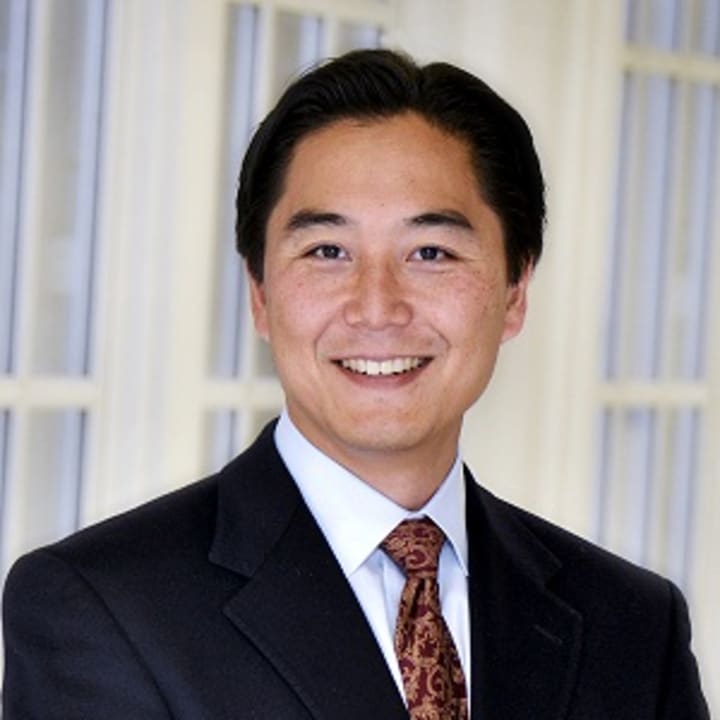Sei Iwai, MD, Director of the Cardiac Electrophysiology Program at WMC is one of the first physicians in New York State to implant this new device, performing WMC’s first subcutaneous implant in early March.
“Until recently, ICD’s had to be attached to a patient’s heart with small wires or “leads” to allow for the transmission of electrical impulses to defibrillate the heart when an irregularity was detected,” said Dr. Iwai. “Over time, some patients can develop lead related problems including infections or failure of the lead itself. However, with today’s new technology, the S-ICD allows us to deliver that same lifesaving impulse without the need for wires attached to the heart—reducing the potential for lead related failure as well as infections associated with the leads.”
The S-ICD System has two main components: (1) the pulse generator, which powers the system, monitors heart activity, and delivers a shock if needed; and (2) the electrode, which enables the device to sense the cardiac rhythm and serves as a pathway for shock delivery when necessary. Both components are implanted just under the skin—the generator at the side of the chest, and the electrode beside the breastbone. Implantation with the S-ICD System is straightforward and can be done using only anatomical landmarks which removes the need for fluoroscopy (an X-ray procedure that is required for standard leads to be placed in the heart). This leaves the heart and blood vessels untouched, providing a new, exciting solution for both physicians and patients.
Sudden cardiac arrest is an abrupt and often unexplained loss of heart function. Most episodes are caused by irregular heart rhythms known as ventricular tachycardia or ventricular fibrillation which cause rapid and/or chaotic activity within the heart. Recent estimates show that approximately 850,000 people in the United States are at risk of sudden cardiac arrest and candidates for an ICD device, but remain unprotected.
About Westchester Medical Center Spanning every adult and pediatric medical specialty, Westchester Medical Center serves as a lifeline to the more than 3.5 million people in the Hudson Valley region and beyond. Well-known for its advanced medical care in trauma and burn, heart, cancer, transplant, neuroscience and pediatrics, community hospitals within a 5,000-square-mile range send their most difficult cases to this advanced-care, academic medical center. With more than 900 attending physicians and 3,300 healthcare professionals, Westchester Medical Center is the only facility capable of providing immediate lifesaving advanced care between New York City and Albany.


